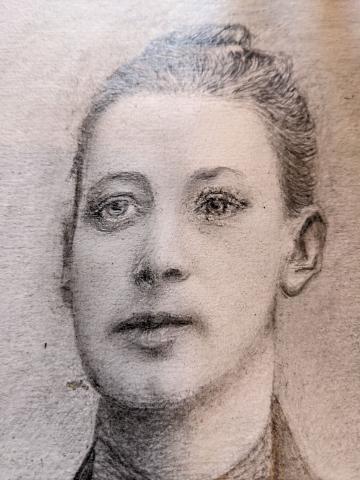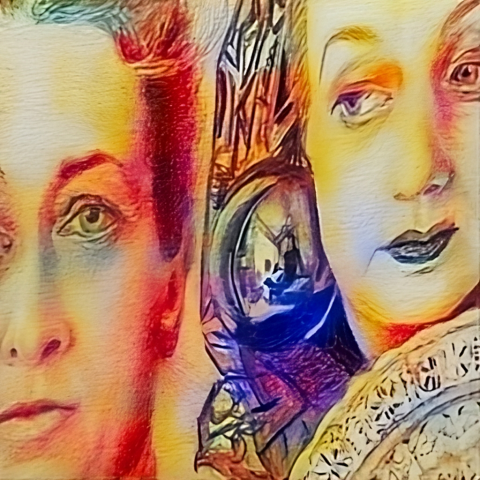ChatGPT Bio:
Hilda af Klint (1862-1944) was a Swedish artist known for her pioneering work in abstract and spiritual art, making her a significant figure in the development of abstract art during the early 20th century. Her unique style and exploration of spiritual themes set her apart from her contemporaries, although her work remained largely unrecognized during her lifetime.
Here is a brief biography of Hilda af Klint:
Early Life and Education:
- Birth and Family Background: Hilda Sofia August Klint was born on October 26, 1862, in Karlberg Palace, Sweden. She came from a family of naval officers and academics.
- Artistic Beginnings: Hilda showed an early interest in art and began studying at the Royal Academy of Fine Arts in Stockholm in the late 1880s. Her early work was influenced by naturalistic and academic styles.
Exploration of Spirituality:
- Introduction to Spiritualism: In the late 19th century, Hilda became involved in spiritualist and Theosophical circles, which had a profound influence on her artistic development. These movements explored spiritual and esoteric ideas, which greatly impacted her art.
- Mediumship and Collaboration: Hilda af Klint and four other female artists formed a group known as "The Five" or "De Fem" in 1896. They held seances and believed that they were receiving spiritual guidance from higher beings, which they incorporated into their art.
Abstract Art and Symbolism:
- Pioneering Abstraction: Hilda af Klint's work gradually evolved towards abstraction, predating more famous abstract artists like Wassily Kandinsky and Kazimir Malevich. Her abstract work often featured geometric shapes and symbols inspired by her spiritual experiences.
- Exploration of Symbolism: She used symbols, spirals, and vibrant colors to convey spiritual ideas and emotions in her paintings. These symbols were often seen as representations of higher realms and consciousness.
Legacy:
- Unrecognized during Her Time: Despite her groundbreaking work, Hilda af Klint's abstract art remained largely unknown during her lifetime. Her paintings were unconventional for the era and did not fit the prevailing artistic norms.
- Recognition Posthumously: It was only after her death in 1944 that her work began to receive wider attention. Her abstract and spiritual art is now recognized as an important precursor to the development of abstract art in the 20th century.
- Exhibitions and Museums: Hilda af Klint's works have been exhibited in prominent art institutions around the world, and her art continues to inspire contemporary artists and researchers interested in the intersection of spirituality and abstraction.
Hilda af Klint's pioneering spirit and dedication to exploring the connection between art and spirituality have cemented her status as a significant figure in the history of abstract art, particularly for her role in pushing the boundaries of artistic expression during a time when abstract art was just beginning to emerge.


